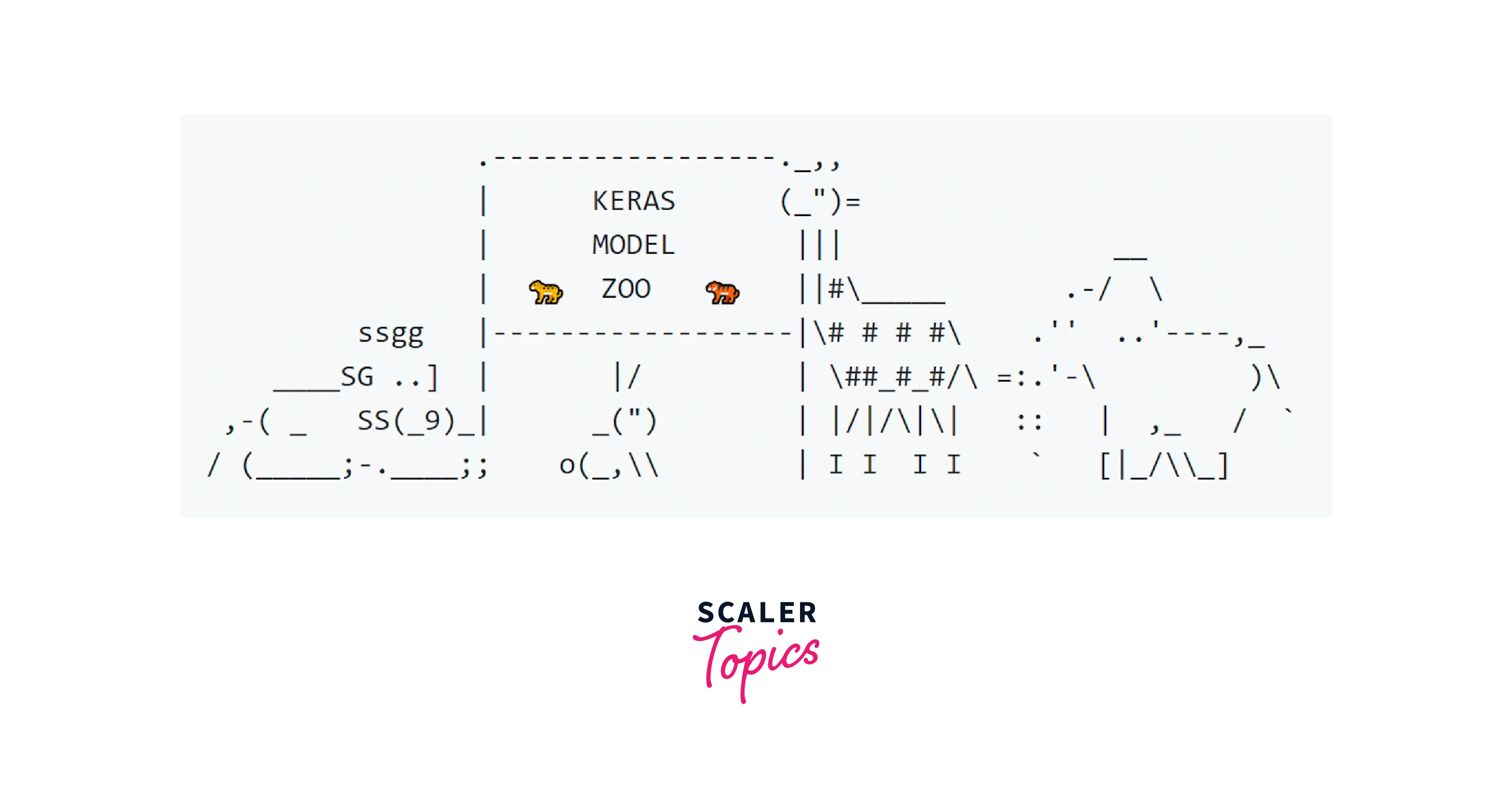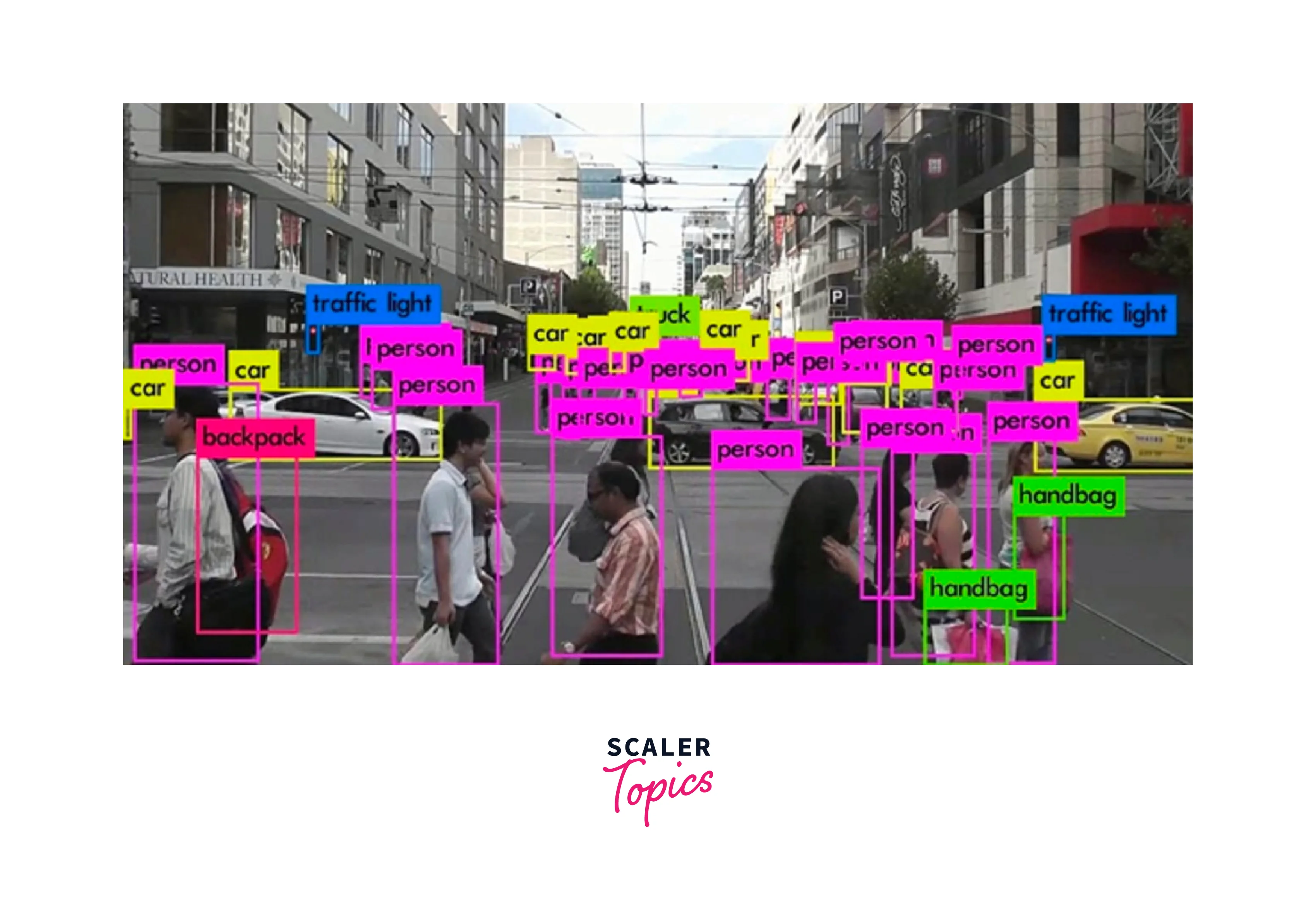What is TensorFlow Model Zoo?
Overview
In the realm of modern machine learning, leveraging pre-trained models has become pivotal for rapid development and achieving state-of-the-art results. TensorFlow Model Zoo stands as a beacon of accessible expertise, housing a diverse array of pre-trained models across multiple domains. This repository empowers developers, researchers, and practitioners to expedite their projects while tapping into cutting-edge innovations.
What is TensorFlow Model Zoo?
TensorFlow Model Zoo is an expansive reservoir of meticulously crafted pre-trained machine learning models. These models span a wide gamut of applications, encompassing computer vision, natural language processing, and more. The Model Zoo serves as a treasure trove, easing the entry into complex tasks and granting access to established architectures.

TensorFlow Detection Model Zoo?
A distinct facet of the TensorFlow Model Zoo is the TensorFlow Detection Model Zoo. This specialized section is tailored to cater to object detection tasks, an essential component of computer vision. With a dedicated focus on object detection, the Detection Model Zoo offers an arsenal of finely tuned models for accurate and efficient identification of objects within images and video
Let's delve into some of the prominent models available in the TensorFlow Detection Model Zoo:
-
Faster R-CNN (Region Convolutional Neural Network):
- Faster R-CNN is a widely used and versatile object detection model. It combines a Region Proposal Network (RPN) for generating potential object bounding box proposals and a convolutional neural network for classifying and refining those proposals. Faster R-CNN achieves impressive accuracy but may require more computational resources compared to some other models.
-
SSD (Single Shot MultiBox Detector):
- SSD is known for its speed and efficiency while maintaining competitive accuracy. It employs a single neural network to simultaneously predict object classes and bounding box offsets for multiple default bounding boxes of various sizes and aspect ratios. SSD is suitable for real-time applications and scenarios where speed is critical.
-
YOLO (You Only Look Once):
-
YOLO revolutionized object detection by introducing a single-pass architecture that directly predicts bounding boxes and class probabilities. YOLO is exceptionally fast and can achieve real-time performance, making it popular for applications that require rapid object detection, such as surveillance systems and autonomous vehicles.

-
-
EfficientDet:
- EfficientDet is a family of models that achieves a balance between accuracy and efficiency. It leverages a compound scaling method to optimize model size and computational cost while maintaining high performance. EfficientDet models are well-suited for a wide range of applications and resource constraints.
-
CenterNet:
- CenterNet takes a novel approach by directly regressing the center point of objects and their dimensions, making it computationally efficient. This model is particularly well-suited for detecting objects with varying scales and orientations.
-
RetinaNet:
- RetinaNet introduces a focal loss mechanism to address the issue of class imbalance in object detection. It assigns higher weights to hard-to-classify examples, enhancing the model's ability to focus on challenging cases.
-
Mask R-CNN:
- Building upon Faster R-CNN, Mask R-CNN extends object detection to instance segmentation by adding a mask prediction branch. This enables the model to generate pixel-level masks for each object in addition to classifying and bounding box localization.
-
Cascade R-CNN:
- Cascade R-CNN employs a cascading architecture with multiple stages of object detection, each refining the results of the previous stage. This approach helps improve detection accuracy by progressively focusing on harder examples.
How to Use the TensorFlow Detection Model Zoo
Utilizing the TensorFlow Detection Model Zoo involves a streamlined process. Begin by setting up TensorFlow and its prerequisites. Once the TensorFlow framework is in place, access the assortment of pre-trained models within the TensorFlow detection model zoo.
Acquiring Pre-trained Models To secure a pre-trained model from the detection model zoo, the TensorFlow Object Detection API proves invaluable. This API equips you with a script, tailor-made for downloading pre-trained models and their associated configuration files. Here's a succinct guide for obtaining a pre-trained model:
- Clone the TensorFlow models repository: Employ this command:
- Navigate to the TensorFlow models directory: Use the command:
- Install the necessary dependencies: Execute:
Download the desired pre-trained model:
Run the following script:
Replace <model_name> with the specific model you wish to retrieve. For instance, to access the SSD MobileNet V2 COCO model, execute the command:
Once the selected model is successfully downloaded, it's ready for application in performing precise object detection tasks on both images and videos.
Object Detection Using Pretrained Models From Tensorflow Detection Zoo
Here's an end-to-end guide on how to perform object detection using pretrained models from the TensorFlow Detection Model Zoo, complete with code snippets:
Step 1: Setup
Before getting started, ensure you have TensorFlow and its dependencies installed. You can set up a virtual environment and install the required packages:
Step 2: Download a Pretrained Model
Clone the TensorFlow models repository and navigate to the research directory:
Download the desired pretrained model (for example, SSD MobileNet V2 COCO) using the download script:
Step 3: Prepare the Detection Script
Create a Python script to perform object detection using the downloaded pretrained model. Here's an example script:
Deploying object detection models on DeepStream
Deploying object detection models on NVIDIA DeepStream involves several steps to set up the environment, configure the model and inference pipeline, and run the application. Below is a comprehensive explanation of each step:
Step 1: Download the model and labels.
First, you need to download the object detection model and its corresponding label map. You can choose a model from TensorFlow Detection Model Zoo or other sources compatible with NVIDIA Triton Inference Server (TensorRT). Ensure that you have the .onnx or .plan file for the model, as well as the label map in .txt format.
Step 2: Create the Triton configuration file.
The Triton Inference Server configuration file (config.pbtxt) defines various aspects of the model deployment, such as the model name, input/output tensors, and batching parameters. This file specifies how Triton should serve the model. Refer to the Triton documentation for creating this configuration file based on your model's requirements.
Step 3: Create the DeepStream configuration.
DeepStream configuration files (deepstream_app_config.yml) define the complete pipeline for processing and analyzing data. You'll need to create a configuration file that includes information about the model, input sources (e.g., camera, video file), and output specifications (e.g., bounding box visualization, streammux settings).
Step 4: Build a custom parser.
NVIDIA DeepStream requires a custom parser to convert the output of the Triton Inference Server into a format that DeepStream can understand. This parser is necessary to extract object detection results (bounding boxes, labels, scores) and forward them within the DeepStream pipeline for visualization and further processing.
The parser should be designed based on the model's output format and the expected DeepStream input format.
Run the DeepStream app.
- With the Triton configuration, DeepStream configuration, and custom parser ready, you can run the DeepStream application:
The DeepStream application will load the model using Triton Inference.
TensorFlow Zoo Models for Classification Tasks
TensorFlow Model Zoo offers a range of pre-trained models that are well-suited for image classification tasks. These models have been trained on large-scale datasets and achieved impressive results across various benchmarks. Let's explore some of the popular image classification models available in the TensorFlow Model Zoo in detail:
-
InceptionV3: InceptionV3 is an architecture known for its use of inception modules, which efficiently capture multi-scale features. It is capable of achieving high accuracy on image classification tasks while being relatively lightweight.
-
ResNet (Residual Networks): ResNet models introduced the concept of residual connections, which alleviate the vanishing gradient problem and enable training of very deep networks. Variants like ResNet-50 and ResNet-101 are available in the Model Zoo, offering a strong trade-off between accuracy and computational complexity.
-
MobileNetV2: MobileNetV2 is designed for efficient on-device processing, making it suitable for mobile and edge applications. It uses depthwise separable convolutions to reduce computation while preserving accuracy.
-
EfficientNet: EfficientNet models utilize a compound scaling method to optimize the model's architecture and achieve a balance between accuracy and computational efficiency. EfficientNet-B0 to EfficientNet-B7 represent different scales of the model.
-
VGG16 and VGG19: VGG (Visual Geometry Group) models are characterized by their simple and uniform architecture, with either 16 or 19 weight layers. While they might be less efficient than more modern models, they offer a strong baseline for comparison.
-
DenseNet: DenseNet models use dense connections where each layer receives inputs from all previous layers. This encourages feature reuse and can lead to better gradients during training.
-
NASNet: NASNet (Neural Architecture Search Network) is designed with neural architecture search, automatically optimizing the model's architecture for the given task. It can offer competitive performance without manual tuning.
-
ResNeXt: ResNeXt models introduce a split-transform-merge strategy in their architecture, effectively increasing representational power while maintaining computational efficiency.
Conclusion
- Diverse Models: TensorFlow Model Zoo offers a broad selection of pre-trained models for various tasks, spanning computer vision, NLP, and more.
- Cutting-Edge Solutions: These models represent state-of-the-art solutions, allowing developers to harness advanced techniques without starting from scratch.
- Rapid Prototyping: The Model Zoo expedites prototyping by providing a ready-made foundation, saving time and effort during development.
- Customization: Developers can fine-tune and adapt models to specific tasks, leveraging transfer learning for improved performance.
- Comprehensive Resources: Detailed documentation and example code ensure smooth integration, training, evaluation, and deployment of these models.
- Community Impact: Collaboration within the TensorFlow Model Zoo community fuels innovation and drives progress in the AI field.
